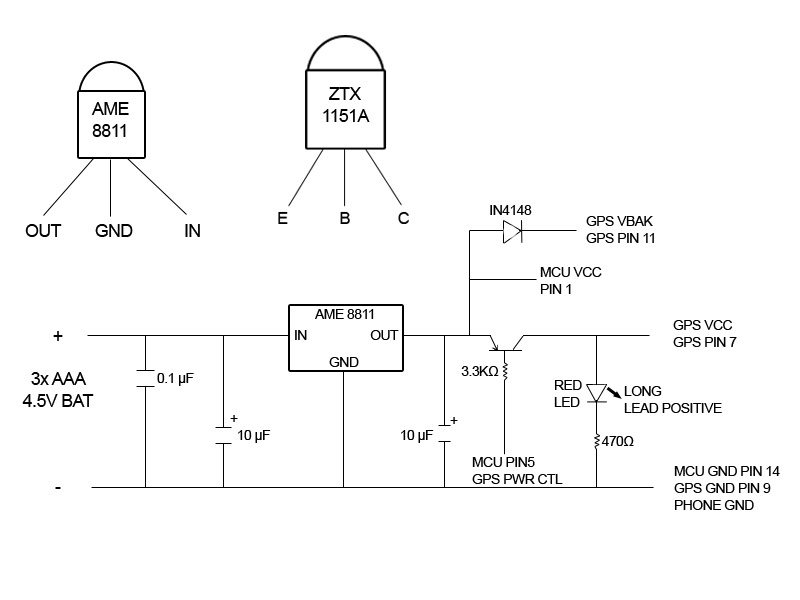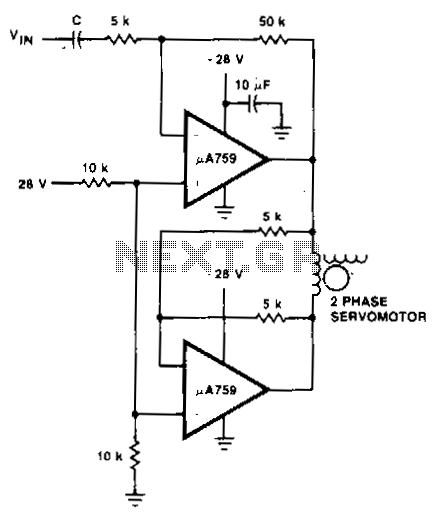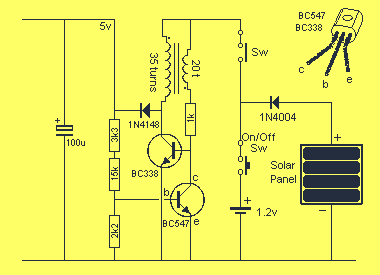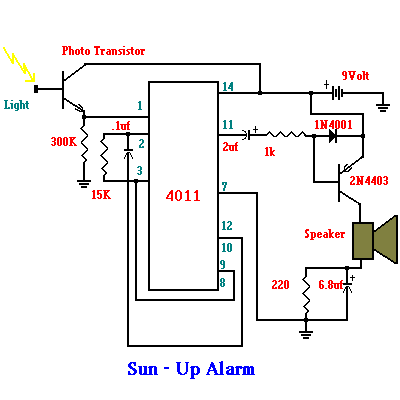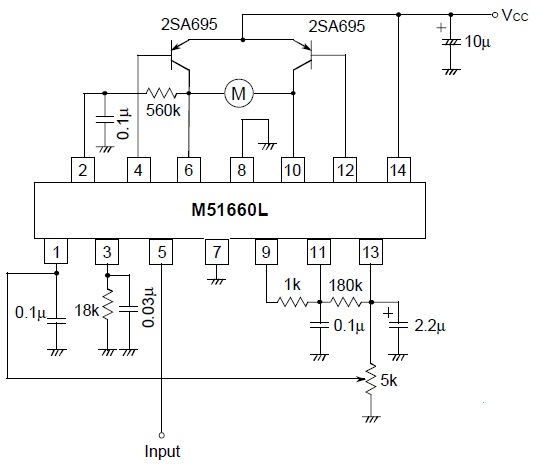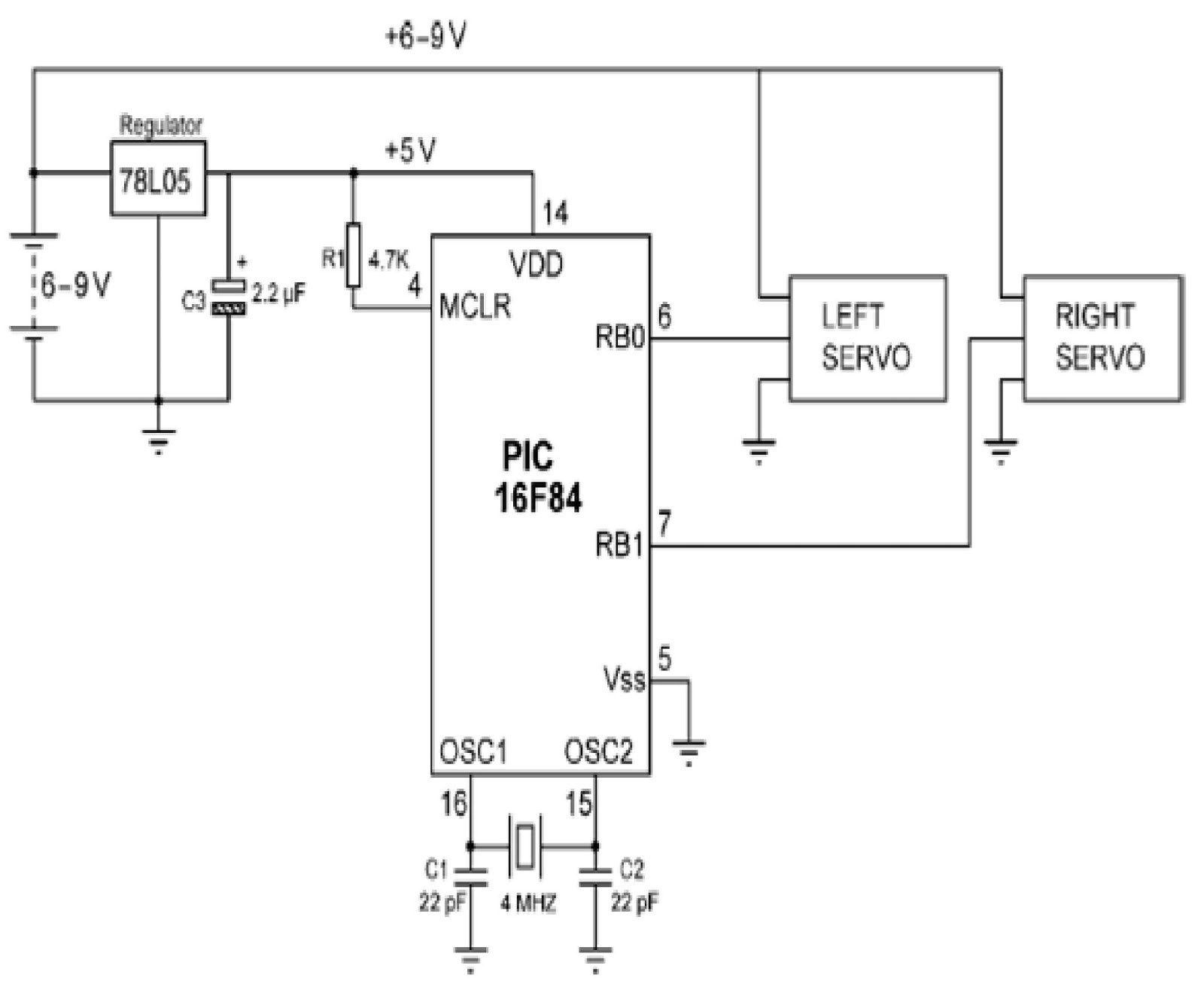
SUN TRACKER HITEC SERVO ACTUATOR CONTROLLING ALIGNMENT SOLAR WING PANELS
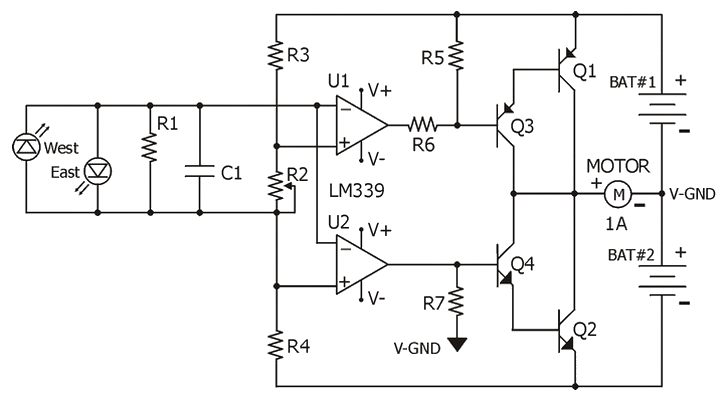
The large servos shown alongside a Nokia 3310 mobile phone provide a reference for scale. The servo arms measure 12 cm in length, making them suitable for lifting a bank of solar panels. The local Model Aerodrome in Seaside Road, Eastbourne, sourced these servos, including one unit from a distant location, which is not a common request. Acknowledgment is given to Dave and Steve for their assistance. The Model Aerodrome also matched a reduction gearbox featured on this site under the catamaran model drive-train section. This page discusses two electronic design solutions for controlling the wing angle: one based on an analog comparator circuit and the other on a digital computer chip circuit. Both circuits achieve the same goal but offer different features. The LED configuration in the LM339 circuit consists of two rows of three LEDs, each connected in parallel, with the rows connected in reverse polarity. The sensor array includes three west-facing LEDs and three east-facing LEDs, with a 1 MΩ resistor and a 10 nF ceramic capacitor (103z) in parallel with the sensor. The sensor LEDs supply input voltage to two comparators on the LM339 chip, while a variable resistor (R2) adjusts the sensitivity, creating a "dead zone." The output from each comparator drives a transistor Darlington pair, which in turn controls the DC motor. The rail voltages are supplied by two batteries connected in series, with a center tap providing the ground reference. The developers at Green Watts have tested this circuit using two single-cell lithium-ion batteries providing +/- 4.2 volts and two 12-volt lead batteries; the LM339 is rated for input voltages from +/- 2 volts to +/- 18 volts. The COMPUTER CHIP CONTROLLED SOLAR TRACKER CIRCUIT KIT (Catalog #ST2-HD-PIX) from MTM Scientific is a newly available product for advanced electronic hobbyists. This kit contains all necessary electrical components to build the circuit that automatically tracks the sun across the sky. It functions similarly to their other Solar Tracker Kits, locating the sun at dawn, following it during the day, and resetting to home at nightfall. The kit is designed to drive a single-axis solar tracker using a 12 VDC gear motor or linear actuator, which is not included. Additionally, it comes with two photocell sensors, two limit switches, and a 20+ page booklet, similar to the other Solar Tracker Kits. The new version of this Solar Tracker Kit is controlled by a PIC microcontroller running a program written in PICAXE BASIC. More information about the PICAXE family of microcontrollers can be found on Phil Anderson's website. The PICAXE chip is pre-programmed for this kit and can be reprogrammed through the serial port of a computer using the PICAXE Development Platform Software. This project is suited for advanced hobbyists with the ability to read and write computer code and circuit diagrams. Notably, the Tracker features a FAST/SLOW update rate limit that restricts position changes to once every minute or once every ten minutes, reducing wear on mechanical and electrical components. Additionally, the software mandates that all motion updates last at least 1/10 of a second to minimize "jogging" and "hunting," effectively implementing software-controlled hysteresis. Advanced applications may involve writing code for optimized sunlight threshold detection, smart parking, historical data analysis, bright cloud ignoring, heliostat applications, and other innovative uses.
The described electronic schematic encompasses a robust solar tracking system utilizing servos and advanced control circuits. The system employs large servos capable of precise movement to adjust the angle of solar panels, maximizing sunlight exposure throughout the day. The use of the LM339 comparator circuit allows for effective signal processing from the sensor array, which detects the sun's position by comparing the intensity of light received by the east and west-facing LEDs. The circuit's design ensures that the servos only respond to significant changes in light intensity, thereby reducing unnecessary movement and mechanical wear.
The integration of a PIC microcontroller enhances the system's functionality, enabling programmable features that can be tailored to specific applications. The pre-programmed PICAXE chip simplifies the setup process for hobbyists while allowing for advanced modifications. The dual-mode update rate feature is particularly noteworthy, as it balances responsiveness with the longevity of the mechanical components.
Overall, this solar tracker circuit kit represents a sophisticated solution for solar energy optimization, combining analog and digital technologies to create a versatile and efficient tracking system. The inclusion of limit switches and photocell sensors further ensures operational reliability and safety, making it suitable for various applications in solar energy harnessing.The giant (by radio control standards) servos above are shown adjacent to a Nokia 3310 mobile phone to give an idea of the scale. The arms are 12cm long - perfect for lifting a bank of solar panels (wing). Our local Model Aerodrome in Seaside Road, Eastbourne, supplied these beauties, taking the trouble to source one unit from afar - not the kind
of thing you are asked for every day. Thanks to Dave and Steve for helping us out of a tough spot. The Model Aerodrome were also able to match a reduction gearbox shown elsewhere on this site under catamaran model drive-train. On this page we also look at two electronic design solutions for control of our wing angle. One is an analogue comparator based circuit, the other a digital computer chip based circuit. They both do the same thing, but with different features. The LED arrangement in the LM339 circuit below uses two rows of three LEDs with each LED connected in parallel, the two rows are connected in parallel but reversed polarity.
The sensor array is made with three west LEDs and three east LEDs. A 1meg resistor and a 10n ceramic capacitor (103z) are also in parallel with the sensor. The sensor LEDs provide input voltage for two comparators on the LM339 chip with the variable resistor R2 providing a "dead zone" or sensitivity adjustment. Each comparator output is fed into a transistor Darlington pair which in turn drives the DC motor. The rail voltages are provided by two batteries connected in series with the center tap providing the ground reference.
The developers at Green Watts have tested this circuit with 2 single cell lithium-ion batteries providing +/- 4. 2 volts and two 12 volt lead batteries, the LM339 is rated for input voltages from +/- 2 volts to +/- 18 volts.
This special COMPUTER CHIP CONTROLLED SOLAR TRACKER CIRCUIT KIT (Catalog #ST2-HD-PIX) from MTM Scientific is a new product they are making available on a limited basis for advanced electronic hobbyists. Identical in function to their other Solar Tracker Kits, this kit contains all the electrical components for building the circuit (shown above) to automatically find and follow the sun across the sky.
Just like their other kits, this tracker circuit finds the sun at dawn, follows the sun during the day, and resets to home at nightfall for the next day. This kit is ideal for driving a single axis solar tracker with a 12 VDC gear motor or linear actuator that they don`t provide.
Also included, but not shown, are the same 2 photocell sensors, 2 limit switches and 20+ page booklet they include with all their Solar Tracker Kits. So what is different about this kit This new version of our Solar Tracker Kit is controlled by a PIC micro-controller running a computer program written in PICAXE BASIC.
Much more information about the Picaxe family of micro-controllers is available at Phil Anderson`s website ( The Picaxe Chip can be reprogrammed using the serial port of your computer using the Picaxe Development Platform Software (Download and Installation required). Obviously that would be a project for advanced hobbyists capable of reading and writing computer line code and reading circuit diagrams.
Note: We provide the Picaxe chip already programmed for this kit. 1) The Tracker has a FAST/SLOW update rate limit which only allows position changes once every 1 minute, or once every 10 minutes. This feature reduces wear and tear on the mechanical and electrical hardware. 2) The Tracker has a software feature which requires all motion updates to be of 1/10 second duration or more, to reduce `jogging` and `hunting`.
essentially software controlled hysteresis. What are some ideas for advanced applications Advanced hobbyists might consider writing code to do optimized sunlight threshold detection, smart parking, historical data analysis, bright cloud ignore, heliostat applications and really. just about anything imaginable. MMT are interested to know more about you 🔗 External reference
The described electronic schematic encompasses a robust solar tracking system utilizing servos and advanced control circuits. The system employs large servos capable of precise movement to adjust the angle of solar panels, maximizing sunlight exposure throughout the day. The use of the LM339 comparator circuit allows for effective signal processing from the sensor array, which detects the sun's position by comparing the intensity of light received by the east and west-facing LEDs. The circuit's design ensures that the servos only respond to significant changes in light intensity, thereby reducing unnecessary movement and mechanical wear.
The integration of a PIC microcontroller enhances the system's functionality, enabling programmable features that can be tailored to specific applications. The pre-programmed PICAXE chip simplifies the setup process for hobbyists while allowing for advanced modifications. The dual-mode update rate feature is particularly noteworthy, as it balances responsiveness with the longevity of the mechanical components.
Overall, this solar tracker circuit kit represents a sophisticated solution for solar energy optimization, combining analog and digital technologies to create a versatile and efficient tracking system. The inclusion of limit switches and photocell sensors further ensures operational reliability and safety, making it suitable for various applications in solar energy harnessing.The giant (by radio control standards) servos above are shown adjacent to a Nokia 3310 mobile phone to give an idea of the scale. The arms are 12cm long - perfect for lifting a bank of solar panels (wing). Our local Model Aerodrome in Seaside Road, Eastbourne, supplied these beauties, taking the trouble to source one unit from afar - not the kind
of thing you are asked for every day. Thanks to Dave and Steve for helping us out of a tough spot. The Model Aerodrome were also able to match a reduction gearbox shown elsewhere on this site under catamaran model drive-train. On this page we also look at two electronic design solutions for control of our wing angle. One is an analogue comparator based circuit, the other a digital computer chip based circuit. They both do the same thing, but with different features. The LED arrangement in the LM339 circuit below uses two rows of three LEDs with each LED connected in parallel, the two rows are connected in parallel but reversed polarity.
The sensor array is made with three west LEDs and three east LEDs. A 1meg resistor and a 10n ceramic capacitor (103z) are also in parallel with the sensor. The sensor LEDs provide input voltage for two comparators on the LM339 chip with the variable resistor R2 providing a "dead zone" or sensitivity adjustment. Each comparator output is fed into a transistor Darlington pair which in turn drives the DC motor. The rail voltages are provided by two batteries connected in series with the center tap providing the ground reference.
The developers at Green Watts have tested this circuit with 2 single cell lithium-ion batteries providing +/- 4. 2 volts and two 12 volt lead batteries, the LM339 is rated for input voltages from +/- 2 volts to +/- 18 volts.
This special COMPUTER CHIP CONTROLLED SOLAR TRACKER CIRCUIT KIT (Catalog #ST2-HD-PIX) from MTM Scientific is a new product they are making available on a limited basis for advanced electronic hobbyists. Identical in function to their other Solar Tracker Kits, this kit contains all the electrical components for building the circuit (shown above) to automatically find and follow the sun across the sky.
Just like their other kits, this tracker circuit finds the sun at dawn, follows the sun during the day, and resets to home at nightfall for the next day. This kit is ideal for driving a single axis solar tracker with a 12 VDC gear motor or linear actuator that they don`t provide.
Also included, but not shown, are the same 2 photocell sensors, 2 limit switches and 20+ page booklet they include with all their Solar Tracker Kits. So what is different about this kit This new version of our Solar Tracker Kit is controlled by a PIC micro-controller running a computer program written in PICAXE BASIC.
Much more information about the Picaxe family of micro-controllers is available at Phil Anderson`s website ( The Picaxe Chip can be reprogrammed using the serial port of your computer using the Picaxe Development Platform Software (Download and Installation required). Obviously that would be a project for advanced hobbyists capable of reading and writing computer line code and reading circuit diagrams.
Note: We provide the Picaxe chip already programmed for this kit. 1) The Tracker has a FAST/SLOW update rate limit which only allows position changes once every 1 minute, or once every 10 minutes. This feature reduces wear and tear on the mechanical and electrical hardware. 2) The Tracker has a software feature which requires all motion updates to be of 1/10 second duration or more, to reduce `jogging` and `hunting`.
essentially software controlled hysteresis. What are some ideas for advanced applications Advanced hobbyists might consider writing code to do optimized sunlight threshold detection, smart parking, historical data analysis, bright cloud ignore, heliostat applications and really. just about anything imaginable. MMT are interested to know more about you 🔗 External reference
